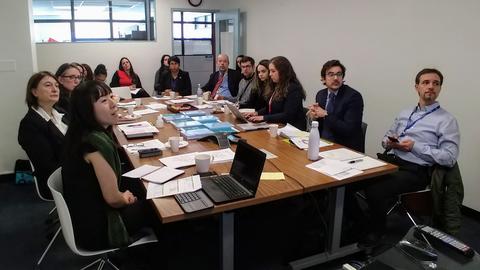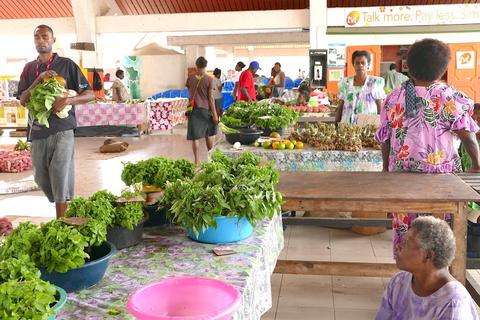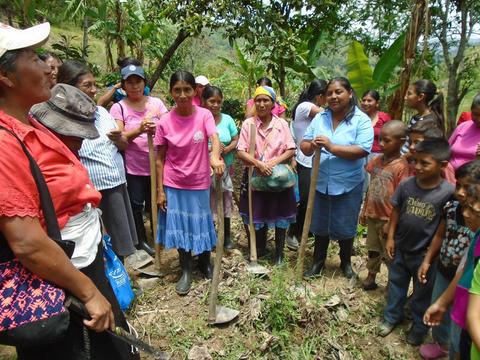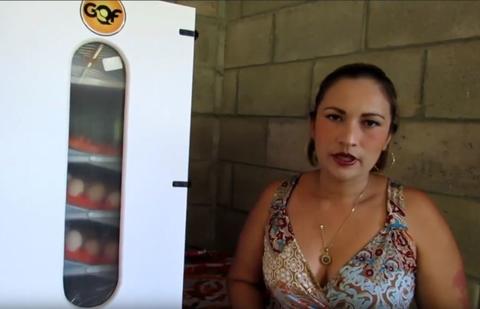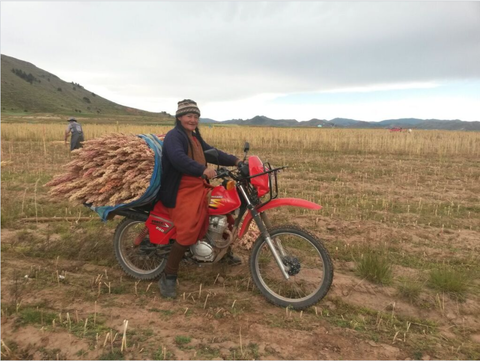September 6, 2016
Young farmers, cornerstone of the SDG
By Paloma Durán, Director of the Sustainable Development Goals Fund (SDG-F)
Last May, the President of the International Fund for Agricultural Development (IFAD), Kanayo F. Nwanze, held a conversation with students from the University of Gastronomic Sciences, in Italy. He stressed that one of the keys to achieving the Sustainable Development Goals (SDG) is to promote small-scale agriculture and rekindle young people’s interest in farming. Family farms are today a source of income and food for many households and drive economic growth in rural areas, he said. Nwanze maintained that, in order to secure food, decent jobs and to address the growing migration in the coming decades, investments will need to be directed towards making agriculture an attractive alternative again for young people. And he is right.
At the United Nations’ Sustainable Development Goals Fund (SDG-F) we share this vision and purposefully work to promote small-scale sustainable agriculture. Not only because it is a key factor to reduce poverty and improve global food security (Goals 1 and 2 of the 2030 Agenda for Sustainable Development), but because of its huge influence on the other goals: from inclusive economic growth to reducing inequality, promoting responsible consumption and gender equality, or resilience to the effects of climate change. In recent decades, agriculture has been instrumental in boosting development around the world and all data indicates that we must continue on this path.
However, investment in the field remains weak. It is precisely in rural areas of low-income countries where most global poverty is concentrated -78% of the total, according to the World Bank-, slowing their economies and social progress. The latest FAO report on The State of Food and Agriculture notes that in regions such as South Asia and sub-Saharan Africa, where most people’s livelihoods rely on agriculture- family farms are increasingly reducing their size. As if that were not enough, the capital investment per worker has stagnated or declined over the past 30 years, and counseling and support for agricultural production and diversification are inadequate.
Moreover, limited access to land, credit and technological advances hinder employment opportunities for young people in the agricultural sector, who also have less training and basic knowledge, and social norms often exclude them from decision processes, as they are in the hands of older generations. For example, the Global Trends report Youth Employment 2013 prepared by the International Labour Organization (ILO) shows that a young person in sub-Saharan Africa is twice as likely to be unemployed than an adult.
In addition, we must consider the differences between men and women in the agricultural sector. In some countries, women have limited access to land ownership; agricultural extension services have been designated primarily for men and in other cases, women legally need the approval of their husbands to get funding. An example of this is Ethiopia, where the SDG-F works, as although 75% of all agricultural work is done by women, they are owners of the land they farm in only 18.7% of the cases.
78% of global poverty is concentrated in rural areas of low income countries
To help reverse this trend, the SDG-F has already launched up to 14 different programs in Latin America, Asia and sub-Saharan Africa to promote sustainable agricultural practices. We have focused on equal access to land, technology and markets especially for young people, and particularly young women. The SDG-F has also encouraged the participation of all stakeholders to ensure that investments to improve agricultural production can be sustained and expanded over time.
Good examples include our new programs in Fiji, Samoa and Vanuatu, three Small Island Developing States (SIDS) in the Pacific Ocean that face severe difficulties in food security, economic growth and youth unemployment, exacerbated by climate change effects that seriously threaten their delicate ecosystems. In collaboration with the respective governments, the Fund is enabling the participation of young people in organic farming, creating employment opportunities through training and their incorporation into the value chain, and relying on public-private partnerships in key sectors such as tourism. These programs directly benefit some 1,500 young people -at least half of which will be women- by providing them with skills, knowledge and experience in sustainable agriculture.
In short, rural development is essential for food security and nutrition, inclusive economic growth and poverty eradication at all levels of development. If the right investments are made, the participation of young women and men in sustainable agriculture will be a powerful engine to achieve multiple benefits in all the dimensions of sustainable development -economic, social and environmental- for all people, regardless of where they live. It is not only a goal in itself but a true point of convergence for sustainable and inclusive development.
This article was originally published in Planeta Futuro (El País), on 11 August 2016. Read it here.

